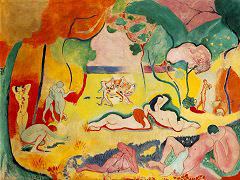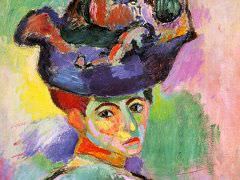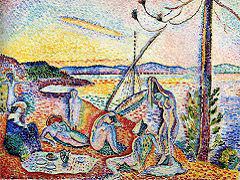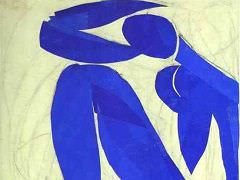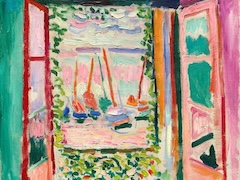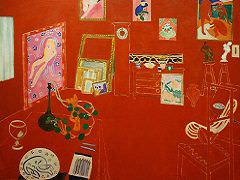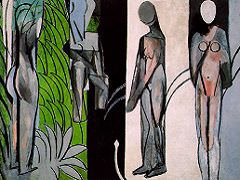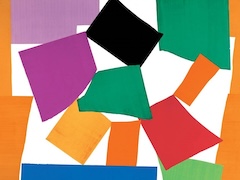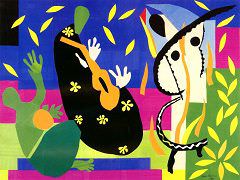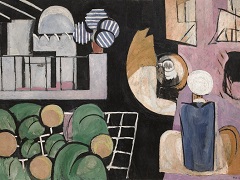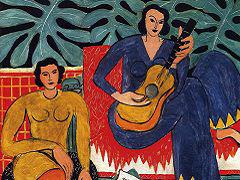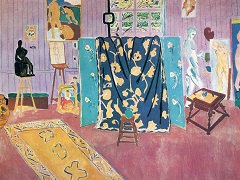Woman in a Purple Coat, 1937 by Henri Matisse
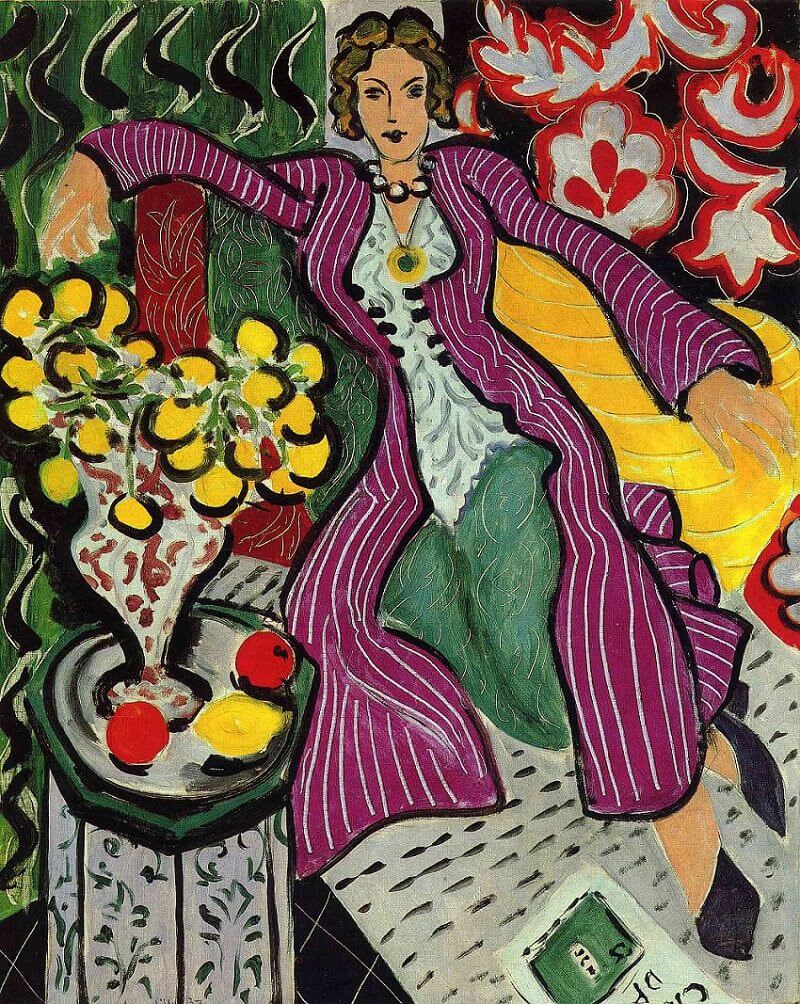
Lydia Delectorskaya, Matisse's model for Woman in a Purple Coat and caretaker in his final years, was a Russian from Siberia who fled from Russia during the 1917 revolution, and who on her own account said she was much more different than the other models he used with their dark eyes, black hair and olive complexions. She had long golden hair, blue eyes, fair skin, for which Matisse approved of. "The look of an ice princess" as Matisse referred to her as. When their paths crossed in Nice, France; Lydia was penniless at the age of 25 and Matisse a well-known artist of 65. He was nice to her and never asked her to pose nude, which she had respected him for. During a brief rivalry with Matisse's wife where she accused of Matisse sleeping with Lydia, Lydia was fired from being his model. But when his wife left him shortly after, still not believing him when he said he had not committed adultery, he rehired Lydia as his assistant in his studio.
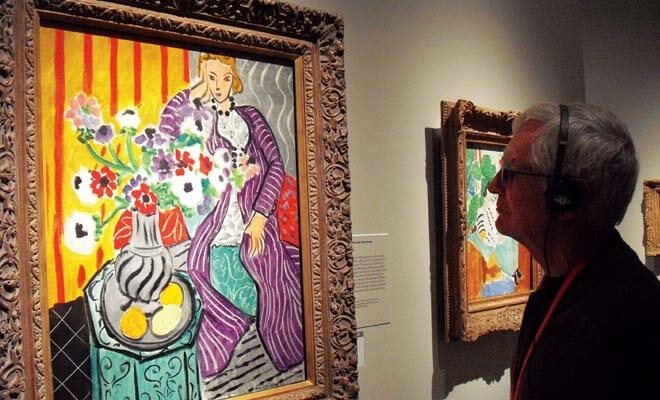
The Woman in a Purple Coat, 1937 is a superb example of the use of color and light to express his emotions in life, not towards his model like some artists, but to life itself. Although there is not a single straight line, the way the colors juxtapose each other there is no need for a straight line. There is no definite outline on some of the items, such as the fruit on the table. Everything else is surrounded by thick, black outline which accentuates all the other features, seemingly pushing out Lydia and all the other objects. The vivid, purple coat with the black outline makes Lydia almost pop out off the chaise lounge she is on, making her the main focal point, as she should be. It also gives the piece a sense of a three dimensional aspect, as if she could get up and walk away at any moment. The different patterns of the background also gives the impression she is in the corner of the room. The placement of the flowers to her right and the magazine at her feet, also alluding to this sense of depth.
All in all, this composition, surrounded by all its history, is not only a piece of history, but a piece of a man's legacy. A legacy that has touch millions who have seen it, and to all those left who have participated in it.

